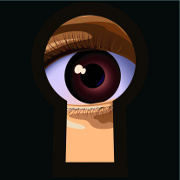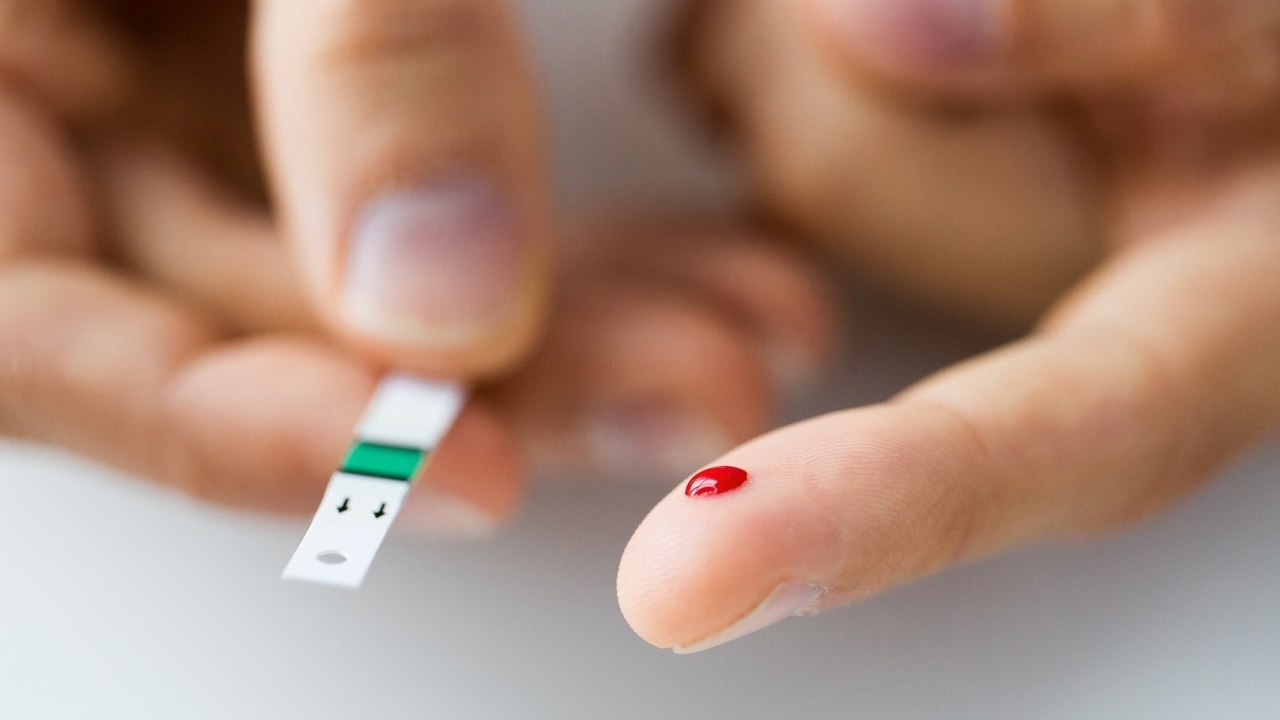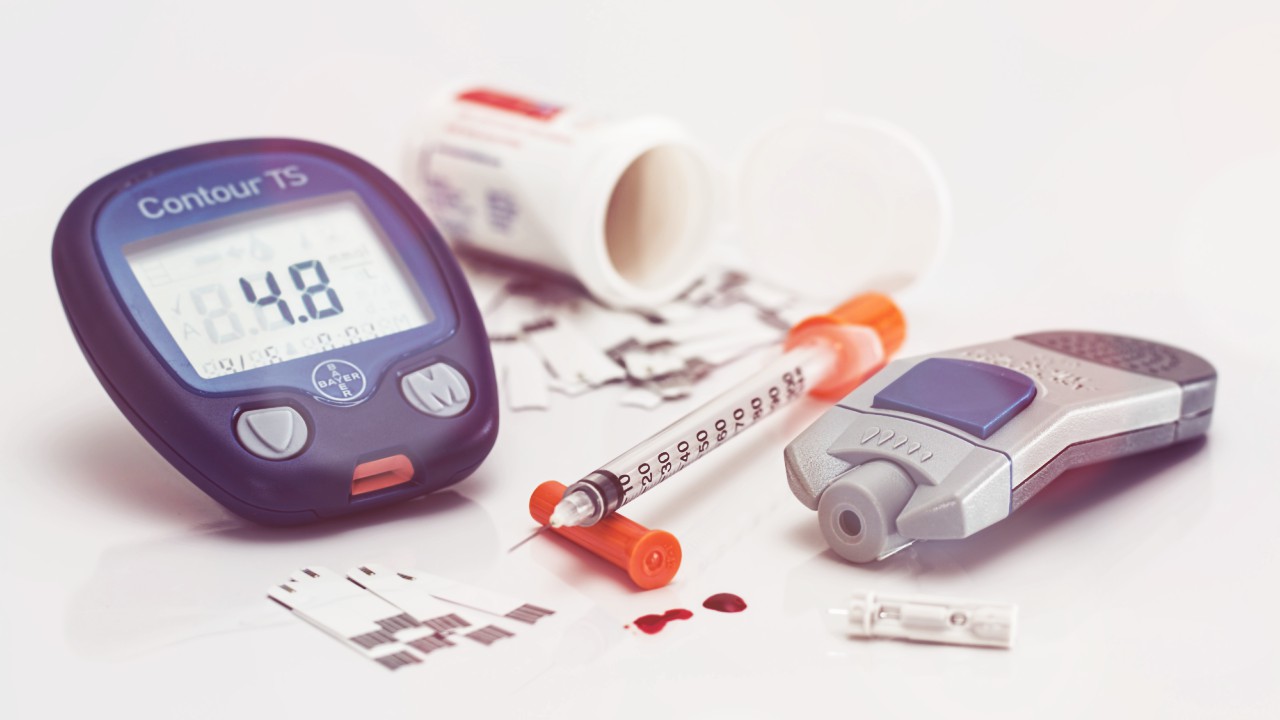 Photo: Getty Images
Photo: Getty Images
Diabetic retinopathy is by definition a complication of diabetes resulting in the damage to the blood vessels of light-sensitive tissues in the back of the eye, or retina. (mayoclinic.com)
Diabetic retinopathy doesn't show any symptoms in the beginning or initial stages. It is the result of poorly controlled blood sugar over the years. When a patient is diagnosed with initial stages of retinopathy usually there is no treatment, but routine follow ups every six months to a year is recommended to monitor its progress. The longer a person is diabetic the more chances they have to eventually get this condition.
Symptoms of diabetic retinopathy include:
1. spots, dark strings or fibers (floaters) floating in vision
2. blurred vision
3. fluctuating vision
4. dark or empty areas in vision
5. poor night vision
6. impaired color vision
7. vision loss
Causes of diabetic retinopathy include:
1. long term uncontrolled blood sugar causing damage to blood vessels or capillaries in the eye
2. high blood pressure
3. high cholesterol
4. pregnancy
5. ethnic back ground (mostly Black and Hispanic population)
6. smoking
7. number of years a person has been a diabetic.
Diabetic retinopathy usually affects both eyes. There are two types of diabetic retinopathy: non-proliferative diabetic retinopathy (NPDR), and proliferative (advanced) diabetic retinopathy (PDR).
Non-proliferative diabetic retinopathy (NPDR):
a. is most common type
b. could be mild, moderate, or severe
c. walls of the blood vessels in the retina weaken over time
d. vessel walls bulge, increasing the chances of leaking or oozing of fluids and blood into the retina (micro aneurysms)
e. nerve fibers begin to swell
f. central part of the retina swells (macular edema)
Proliferative (advanced) diabetic retinopathy (PDR):
a. severe form of retinopathy
b. abnormal vessels in the retina grow
c. new vessels grow or leak into the jelly-like substance of the center of the eye (vitreous)
d. scar tissues develops
e. retina might be detached
f. blood vessels interfere with the normal flow
g. pressure builds up resulting in glaucoma.
Abnormal blood vessels also result in cataracts (clouding of the lens of the eye), fluid pressure inside the eye (glaucoma), optic nerve damage in the eye causing partial or complete vision loss, fatty or blood deposits in the retina, and/or bleeding into the clear,jelly-like substance that fills the center of the eye (vitreous). (National Eye Institute)
I have been a diabetic since I was 28 and over the years I abused my body not taking care of it as I should have. I neglected monitoring my blood sugar on a regular basis and did not take the medicines as I was instructed. As a result I ended up having coronary artery disease and diabetic retinopathy. Because I work harder than ever now controlling my blood sugar and keeping up with my medications and specialists' visits I prolonged the damage to my eyes somewhat. I hope to continue to care for myself in order to prevent more complications in the future. The key to avoiding diabetic complications is to be on top of things with everything including exercise and diet because, OUR LIFE MATTERS.




Add a CommentComments
There are no comments yet. Be the first one and get the conversation started!